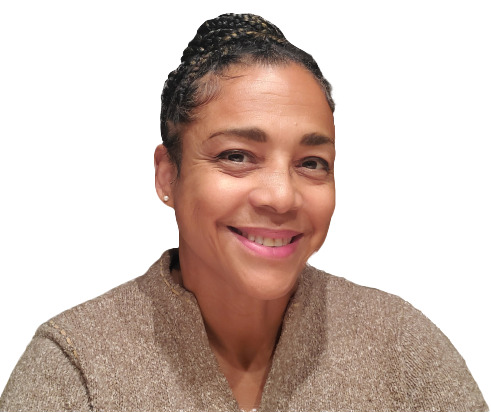STEM in ELT: Culturally Responsive Teaching and The Leaky STEM Pipeline
One of my main purposes for writing a blog on English learners (ELs) and STEM (science, technology, engineering, and math) was to address and shed light on the leaky STEM pipeline and the issues revolving around the lack of ELs in STEM careers, but most importantly, the lack of ELs in STEM classes, advanced math, and advanced science courses starting as early as middle school.
Today’s post will connect an excellent article that I read in Education Week by Paunesku titled “The Deficit Lens of the ‘Achievement Gap’ Needs to Be Flipped. Here’s How” with culturally responsive teaching (CRT), which has a tremendous impact on student academic achievement.
To begin, deficit mindset needs to be defined, and why this mindset is problematic in education must be explained. I begin with this partial statement from Paunesku: “…the deficits are not in the students, but in the systems that are supposed to serve them.” When I speak of a deficit lens, I am not speaking of the deficits ELs or other minorities bring with them to the classroom, like proficiency in English, lack of exposure to community programs, or resources, like books or a home environment conducive to learning. I am speaking of a deficit lens that hinders them on a deeper level—the systematic practice of seeing students in regards to what they cannot do, as opposed to what they can do. As Paunesku says, the beliefs and practices that influence educators to perceive students or groups of students as deficient. It is this view and belief that will continue to create holes in the already leaky STEM pipeline.
Paunesku made a statement that resonated with me (and one that I found was so compelling and important in regards to students’ social well-being that I created two videos on the topic: the power of relationship between teacher and student and the power of relationship between student and student). Paunesku stated the following in his article, which should truly make every educator reflect on their actions or beliefs as either a classroom teacher or school administrator: “A teacher who wants students to feel they belong in class should focus on building strong relationships with and between students, on giving students a platform to contribute to the classroom in meaningful ways, and on honoring their cultures and communities.”
So how does this relate to STEM and ELs? Three words…culturally responsive teaching! According to understood.org, culturally responsive teaching is a research-based approach that leverages students’ assets—their cultures, languages, and life experiences—to create rigorous, student-centered instruction. So, a teacher who wants students to feel that they belong in class and provide students with a platform to contribute in class, and to honor their cultures and communities, needs to be trained and to practice CRT. In another article by understood.com, it is stated that when teachers use CRT to best teach diverse student populations, they are finding it powerful not only for diverse populations but for all students for the following reasons:
- It raises expectations for all students because teachers move away from a deficit mindset.
- It helps schools better meet students’ needs because underserved students may face implicit bias because of their race, culture, or language. (Implicit bias refers to the unconscious attitudes or stereotypes we all hold.) By using an assets-based mindset, schools are more likely to better identify and serve all students.
- It builds cultural competence by helping teachers and students understand different perspectives, appreciate others’ strengths, and build empathy. CRT can also help teachers reflect on how their own identity and experiences impact their attitudes and teaching practices.
- It helps students feel valued and empowered because when students see themselves represented in the curriculum, they feel like they belong. They’re more likely to develop the trust it takes to build a relationship with a teacher and a sense of belonging makes learning easier and builds students’ self-confidence.
CRT will have and has a positive impact in STEM for ELs and addresses the leaky STEM pipeline; ELs are often not provided the opportunity to enroll in rigorous, STEM-related classes because of the belief that English proficiency is a requirement for academic success. In other words, the focus is on what the students do not do well (deficit lens). But, if students are made to feel that their lack of proficiency is not a deficit, and educators, through professional learning in CRT, understand CRT’s importance in creating rigorous, student-centered instruction, then the door opens for ELs to be enrolled in the rigorous requirements of STEM, advanced math, and science classes!
Writing about the leaky STEM pipeline has led me down a “rabbit hole.” There are so many moving parts that are involved when it comes to ELs and other minorities, their lack of presence in rigorous middle school and high school courses, and the ever lingering deficit mindset of educators in regards to this population’s abilities to be academically successful in STEM and other rigorous courses. In my upcoming articles, I will be speaking on culturally diverse practices (or lack thereof) and colorism and how ELs and students of color are perceived; this connects to the fact that Black ELs represented 4.2% of ELs in grades K–12 (or 23,893 students) for the 2017–2018 school year. I’ll also discuss language development in STEM content classes and building STEM vocabulary words—yes, this is still a problematic area in education.
I look forward to hearing your thoughts on these topics; if you have any thoughts on this post, please feel free to respond in the comments box below.

